Bringing the Pieces Together
three dormers, topped by stylish lightning rods, adorn the connector and add a visual interest to connected farm buildings.
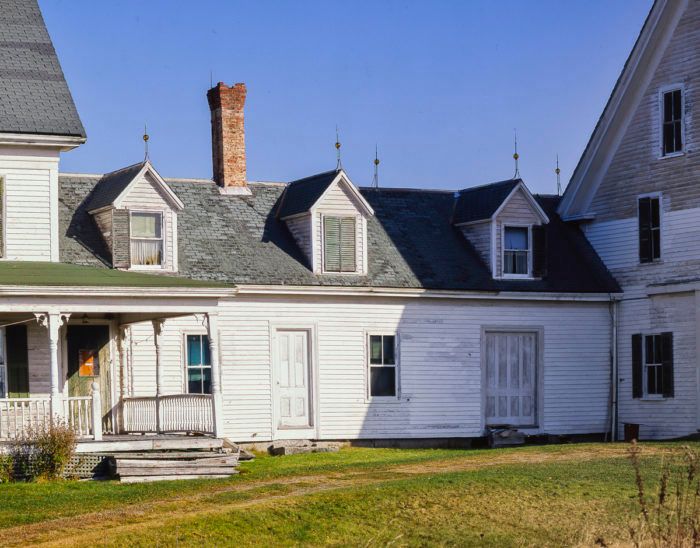
Those of us living in New England are accustomed to seeing what is known as connected farm houses. They’re part of the region’s architectural heritage and are common throughout all of New England. The main house is attached to an ell or some other structure such as a summer kitchen, which is connected to a carriage house, which is finally connected to the barn, making an extended building that is tied together, eliminating the need to go outdoors in bad weather to reach the barn. Thomas Hubka wrote a fine book on the subject, published in 1984, entitled Big House, Little House, Back House, Barn. Sometimes these connecting buildings are quite interesting. This example which I came across near Alna, Maine, a few years ago was particularly handsome and once again illustrates how our forebears often had an excellent sense of proportion and aesthetic balance in their buildings. I find this especially true in rural or agricultural architecture. Without formal training in design, they often produced a variety of buildings that I find to be very appealing. In this case, three dormers, topped by stylish lightning rods, adorn the connector and add a visual interest to the entire building. In the world of architecture, there is always something interesting to see.
Fine Homebuilding Recommended Products
Fine Homebuilding receives a commission for items purchased through links on this site, including Amazon Associates and other affiliate advertising programs.

Code Check 10th Edition: An Illustrated Guide to Building a Safe House

A Field Guide to American Houses

Pretty Good House
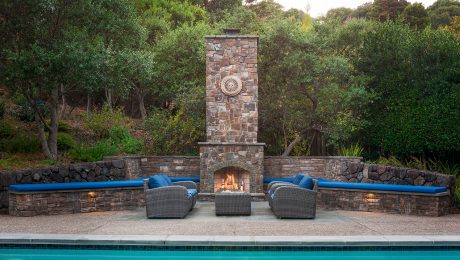
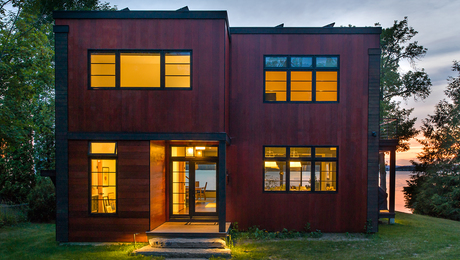
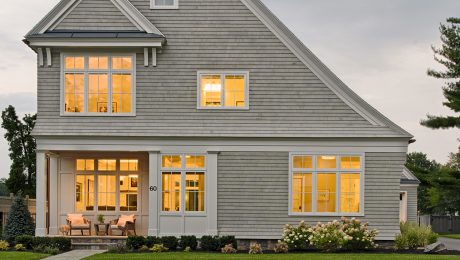
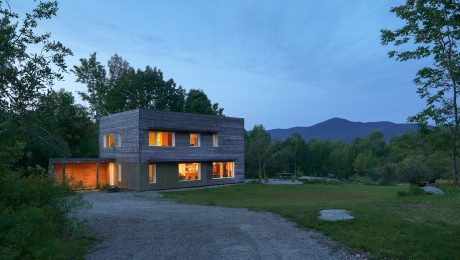















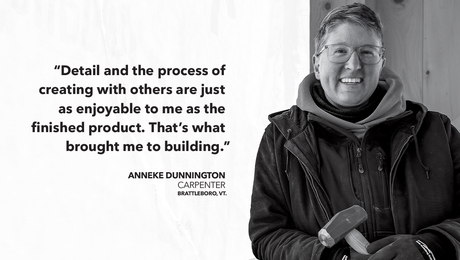










View Comments
I hate when these articles are so short, and have such an interesting photo without additional photos to add to them. Please stop teasing us.